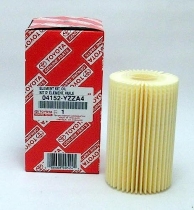-
Welcome to Tundras.com!
You are currently viewing as a guest! To get full-access, you need to register for a FREE account.
As a registered member, you’ll be able to:- Participate in all Tundra discussion topics
- Transfer over your build thread from a different forum to this one
- Communicate privately with other Tundra owners from around the world
- Post your own photos in our Members Gallery
- Access all special features of the site
Quick Links: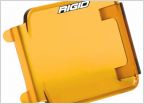 Anyone able to get Rigid Industries covers over their fogs on the Pro?
Anyone able to get Rigid Industries covers over their fogs on the Pro? 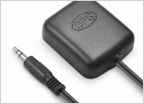 Bought a dashcam, I want to wire it differently
Bought a dashcam, I want to wire it differently 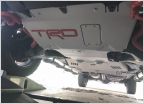 NEED HELP with TRD Skid Plate Upgrade with ReadyLift TRD pro plus-2 skid plate adaptor kit #67-5443
NEED HELP with TRD Skid Plate Upgrade with ReadyLift TRD pro plus-2 skid plate adaptor kit #67-5443 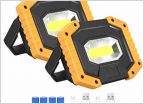 500w power inverter in center console
500w power inverter in center console 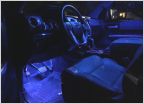 I got the blues tonight
I got the blues tonight 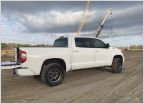 Hate factory nerf bars
Hate factory nerf bars
Install Rear Axle Oil Seal, O-Ring, 2014 Tundra
Discussion in '2.5 Gen TRD Pro (2014-2021)' started by UTTundra, Mar 16, 2018.


